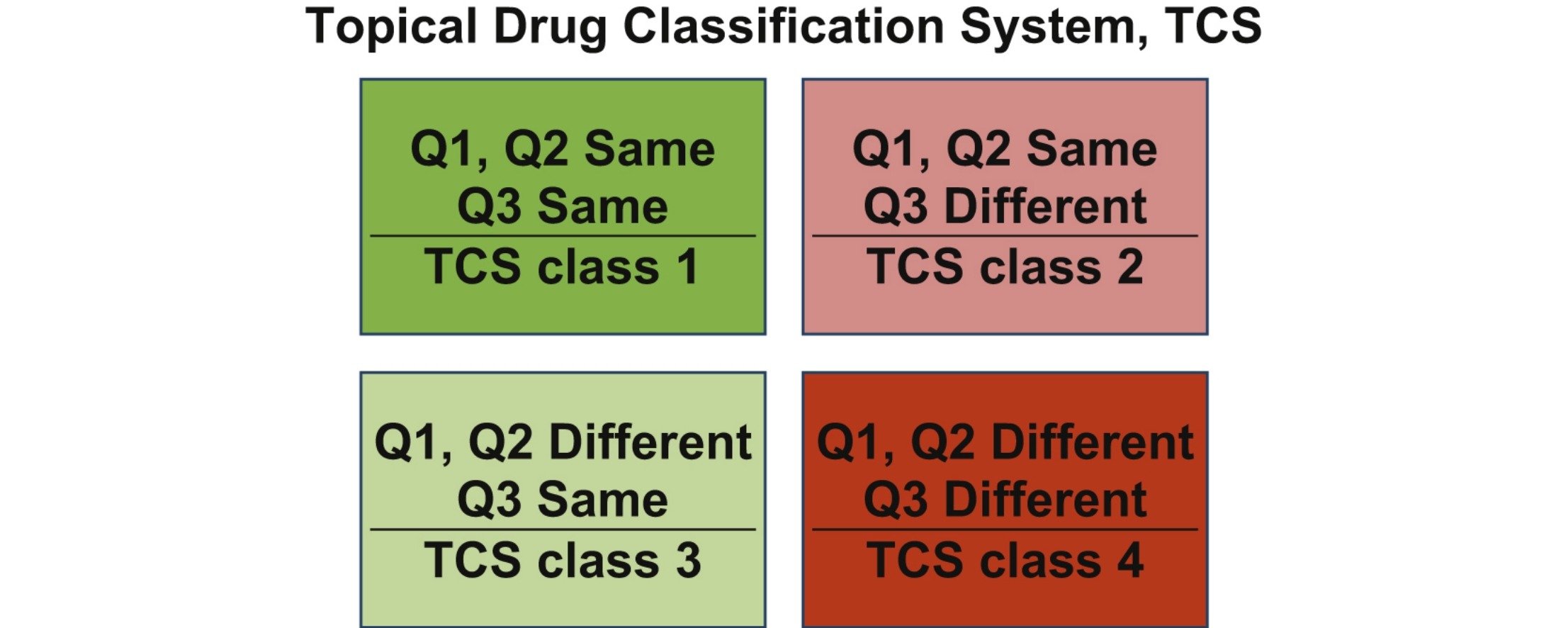| name | Topical Emollient |
| classification | Skin protectant/moisturizer |
| pharmacokinetics | Topical application results in localized skin hydration. Absorption into systemic circulation is minimal and generally considered negligible. The exact pharmacokinetic profile varies depending on the specific emollient formulation (e.g., oil-based vs. water-based, presence of occlusives). |
| dosage | Apply a thin layer to affected skin area(s) as needed, typically 1-3 times daily. Follow product instructions carefully. Frequency and amount may need adjustment based on individual needs and severity of skin condition. |
| indications | Used to treat and prevent dry skin, including conditions like eczema, psoriasis, atopic dermatitis, and other skin irritations. Can be used for general moisture replenishment. Can be used for infants and children. |
| safety in pregnancy | Generally considered safe for use during pregnancy, but consult with a healthcare professional before use, especially during the first trimester. No known teratogenic effects. |
| safety in breastfeeding | Generally considered safe for use during breastfeeding, but consult with a healthcare professional before use. |
| side effects | Most topical emollients are well-tolerated. Rarely, mild skin irritation, redness, or allergic reactions may occur. These are usually transient and resolve with continued use or discontinuation of the product. |
| alternatives | | 1 | | alternative drug | Other topical emollients | | notes | Many different types of emollients are available, varying in composition and ingredients. Consult a dermatologist or pharmacist to determine the best option for an individual's specific needs. |
|
|
| contraindications | No specific contraindications exist for the use of most topical emollients, with rare exceptions. If the patient has a known allergy to an ingredient in the specific emollient product, use is contraindicated. |
| interactions | No significant drug interactions with systemic medications have been reported with topical emollients, but interactions with other topical products may occur. Always notify the physician of all products being used by the patient. |
| warnings and precautions | Apply only to affected skin areas. Do not use on open wounds or infected skin. If symptoms worsen, discontinue use and consult a doctor. |
| additional information | Emollient selection may vary greatly depending on skin type and specific conditions. Consult a healthcare professional to discuss the best emollient choice for a particular patient. Patients may need to use multiple or a combination of moisturizers depending on the severity of dryness and other conditions. |

